The Best Gravel Bikes of 2023
If you yearn to pedal beyond the limits of the pavement or want a comfortable ride without sacrificing speed, gravel bikes check all the boxes. A gravel bike combines the speed of a road bike with the ability to tackle dirt roads and even some singletrack, too. Gravel bikes are great for riders who put in long miles; they also offer speed comparable to road bikes but with a more forgiving riding position.
What Are Gravel Bikes?
The term “gravel bike” encompasses a wide range of bike geometry and specs. Generally, gravel bikes are drop-bar bikes designed for riding over a variety of surfaces, from pavement to gravel and dirt. Some bikes in the category are close cousins of road bikes, while others are more similar to mountain bikes. A racing-oriented gravel bike may have road bike-like geometry with space for wider tires and mud clearing. A gravel bike that’s more like an MTB might have smaller 650B wheels, which provide more space for wider off-pavement tires. It could also have an MTB drivetrain, a suspension fork, and sometimes even a rear shock. The variety can be a bit overwhelming, but focusing on a few key features will help you compare models and find the right one for you.
Geometry
Gravel bikes typically have lower bottom brackets, slacker head angles, and longer wheelbases than road bikes. This more relaxed geometry creates a stable ride on uneven terrain, and it puts the rider in a more upright riding position. While it might not feel quite as speedy, this position will put less stress on your back—especially helpful during long rides.
Most gravel bikes also have flared drop handlebars. These bars are angled outward at the bottom, and the wider spread gives you better comfort, stability, and control over rough ground.
Compliance
Most gravel bike frames are engineered to flex when you hit bumps, mellowing the jolt and road vibrations. For an even smoother ride, some models have shock absorbers. That could be a suspension fork, a spring in the seatpost, or a vibration-diffusing piece of plastic or rubber in the seat stays.
Wheels and Tires
In order to withstand bumps, rocks, and rough terrain and get traction in the dirt, gravel bikes have heavy duty rims and wider tires than what road bikes are typically spec’d with. In some cases, gravel models can run tires up to 50mm (two inches) wide—the same width as a cross-country MTB tire. Wider tires absorb more vibration from rough surfaces than narrower tires, and they create a more efficient, comfortable ride when pedaling off road.
Gravel bike tire treads range from smooth with small side knobs (perfect for the rider who will use a gravel bike to pedal both pavement and dirt) to aggressive lugged treads for maximum traction on loose surfaces.
Drivetrains
Most gravel bike drivetrains are geared to help you get up steep, loose climbs without getting off your bike. Gravel bikes use both single-chainring (called 1x, or “one-by”) and double-chainring drivetrains (called 2x, or “two-by”). Many riders prefer a 1x setup because it’s easier to maintain (there’s just one derailleur to worry about) and requires only a single shifter. That leaves the option for operating a dropper post (more on that below) from a second shifter. The advantage of a 2x setup is a wider range of gears, which can be helpful especially if you’re touring loaded in hilly terrain.
Cargo Carrying
Most gravel bikes have multiple mounts on the frame and fork to attach bags, racks, and water bottle cages. Because of this, gravel bikes are a solid choice for longer rides and bikepacking. Gravel bike riders can potentially carry everything they need for days, weeks, or even months of riding.
Dropper Posts
A dropper post is a type of seatpost that allows you to raise and lower your seat without getting off the bike (you control the dropper via a handlebar-mounted lever). If your gravel bike doesn’t come with one, you can add one, though some bikes may need to have the actuator cable externally routed if they don't have a built-in port for it. A dropper post can boost your confidence on downhills. Hit the thumb lever, and the saddle will sink underneath you, lowering your center of gravity for improved stability and control if you remain sitting. It also keeps the saddle out of the way if you stand up, giving you more space to maneuver your body while negotiating rough terrain. Push the lever again, and your saddle returns to your set pedaling height.
How to Choose the Right Gravel Bike for You
Buy a gravel bike that matches where you ride and your cycling objectives. If you typically ride pavement and gravel in equal measure, look for a gravel bike with road-style geometry; it’ll be faster on pavement. For unhindered exploration of dirt roads and trails, look for a gravel bike that’s a bit closer to an MTB, with slacker geometry and wider tires.
Ready to saddle up? Read on to learn more about the best gravel bikes of 2023.
Related: The Best Road Bikes of 2023
The Best Gravel Bikes of 2023
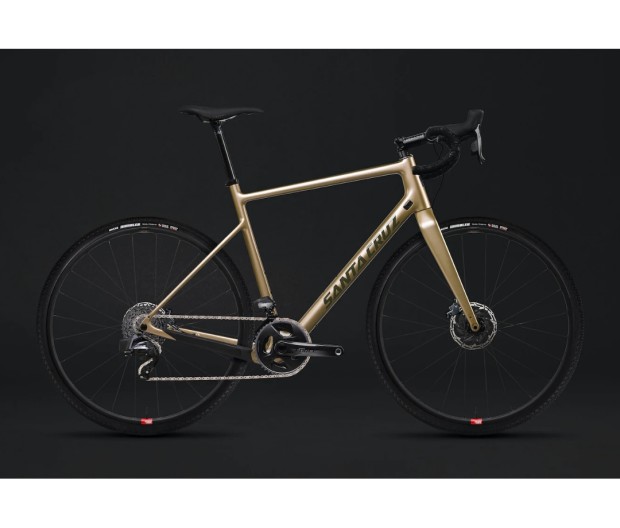
Courtesy Image
The Stigmata is all-road ready, with a balanced approach for riders seeking roads less traveled and smooth dirt. The carbon frame and fork are stiff and strong, compliant where they should be, and powerful everywhere else. The bike has clearance for 45mm tires on 700C wheels and 2.1-inch tires on 650B wheels, allowing you to spec it like a road or mountain bike. Hidden mounts let you attach fenders (front and rear) to keep you from getting soaked on rainy days, and it has three bottle cage mounts that can also attach bolt-on bags for bikepacking.
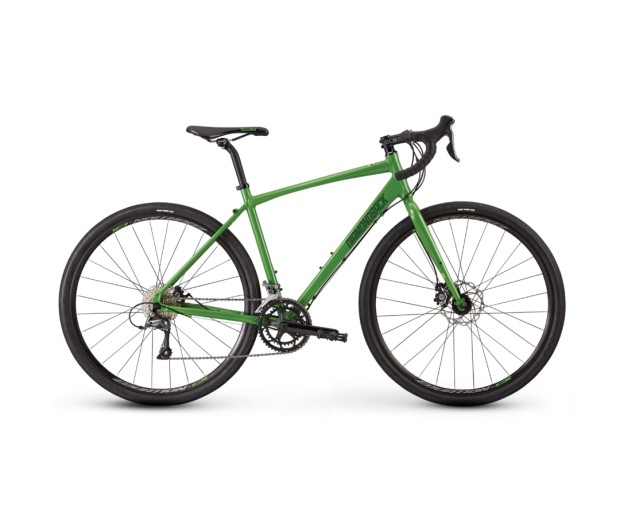
Courtesy Image
Diamondback’s Haanjo is a light and capable gravel bike, and it’s one of the most affordable do-everything bikes you can buy. The Haanjo has been in Diamondback’s lineup for a while, but for 2023, all eight models get an update that makes them more versatile.
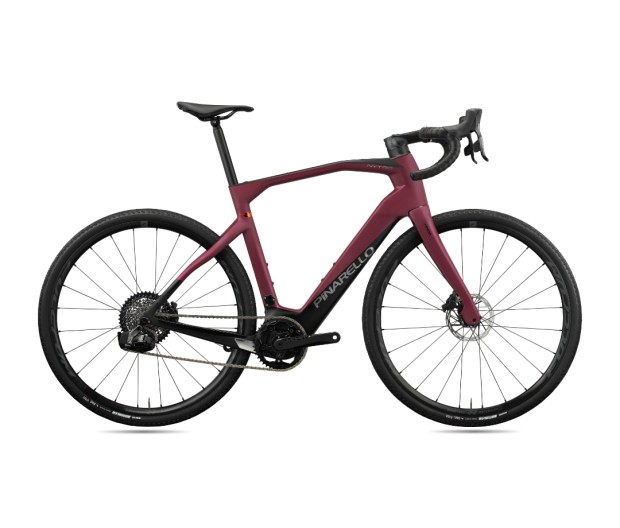
Courtesy Image
Energetic, fast, and nearly silent, Pinarello’s carbon-frame Nytro E7 Gravel bike boosts your power with a sleek pedal-assist setup. The ultra-compact, 300-watt TQ motor and battery are integrated into the bike’s downtube: The design is so small and quiet, your riding partners may never know your legs are getting a little help. The Nytro E7’s 360-watt-hour battery gives this bike 60 miles of range, and you can add a range extender for another 25 miles.
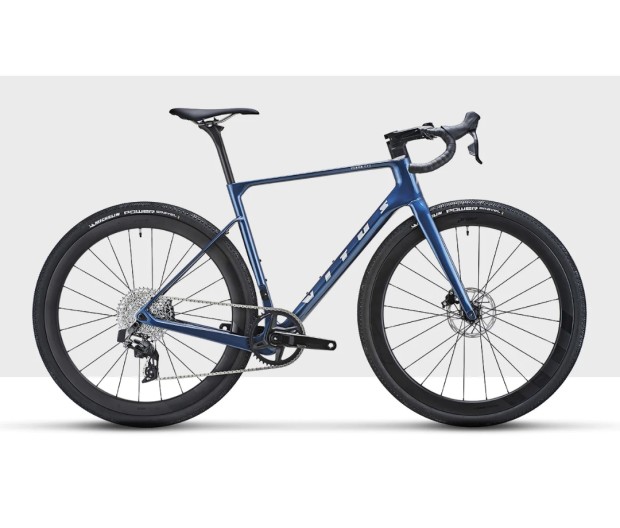
Courtesy Image
Whether you consider Vitus’ Venon Evo a gravel bike that’s fast on the road or a road bike that can handle gravel, it practically guarantees a good time. The Venon Evo borrows engineering and technology from Vitus’ highest-performance road bikes, but these features are adapted to a bike with clearance for up to 45mm tires and more compliance to smooth out rough roads.
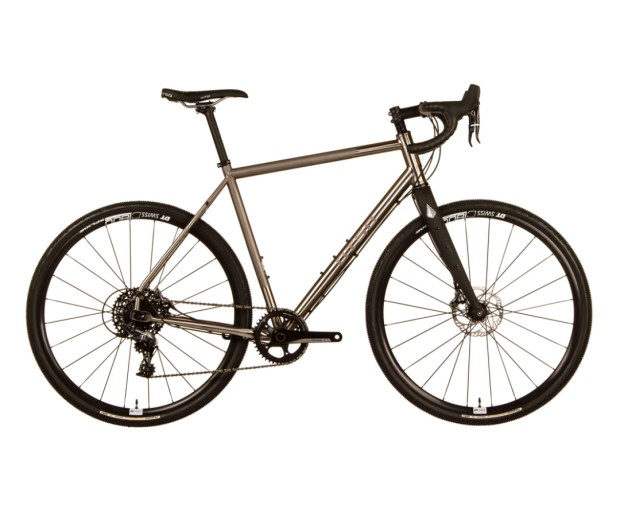
Courtesy Image
If you’ve ever experienced a titanium bike, you know the unique ride feel this lightweight, lustrous metal delivers. Besides being beautiful, titanium has excellent corrosion resistance and a high strength-to-weight ratio. When used in a bike frame, it offers best-in-class power transmission and creates a forgiving feel that no other material can match. However, titanium bikes are often extremely expensive. That’s not the case with the Warakin. Complete bikes start at $4,500, and Otso’s online build tool lets you customize and control the spec and price of the bike.
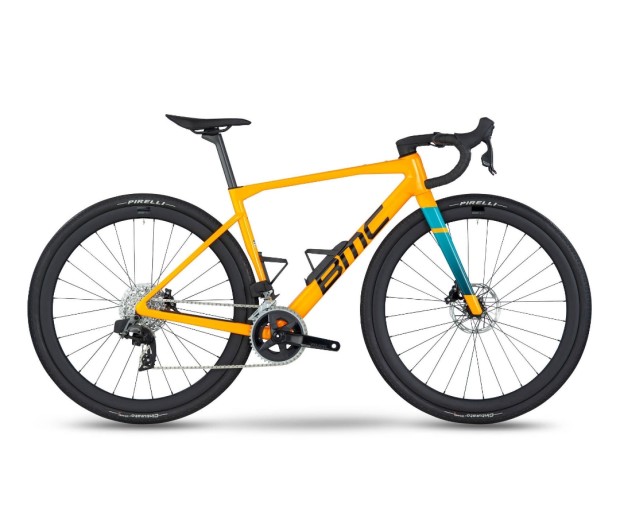
Courtesy Image
If you’re in it to win it, BMC’s Kaius 01 will help you meet your goals. Within days of its launch last fall, Pauline Ferrand Prevot won the 2022 UCI Gravel World Championship on this bike, and Greg Van Avermaet rode one to fourth place. The best bike for dedicated racers and riders who split their time equally between pavement and gravel, the high-performance Kaius is built for speed. You feel it as soon as you swing a leg over and start to pedal.
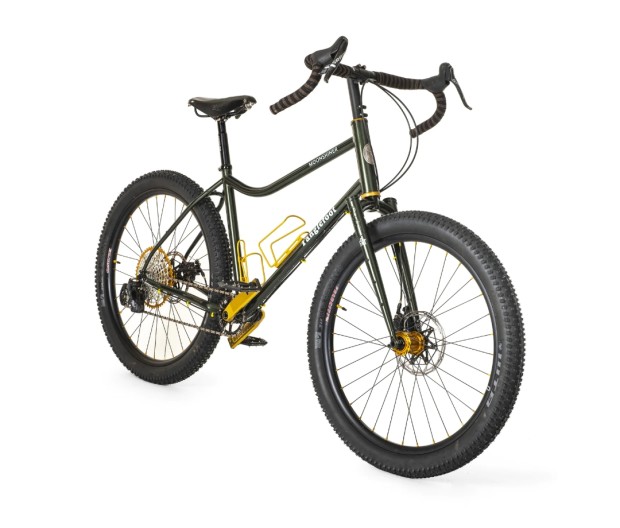
Courtesy Image
While this bike would be easy to dismiss as too odd, its awkward good looks make it the most trail-ready gravel bike. Designed and built in Vermont’s Green Mountains, this all-terrain bike looks like a drop-bar adventure wagon, or maybe a skinny-tire bike that bulked and carbo-loaded up for the miles ahead. The Moonshiner is about comfort, not speed. With this bike, you can run 3-inch tires on 650B rims and 2.6-inch tires on 700C rims—ideal for rolling over any and all obstacles. Boost spacing (110mm front and 148mm rear width, the current standard for MTB hubs) allows you to run stiffer wheels, enhancing the bike’s all-terrain durability. An extra-short, MTB-style stem on the drop bar pairs with the bike’s low standover height, high bottom bracket, and slack seat tube angle to give it great stability and plenty of ground clearance for sailing down the most technical trails.
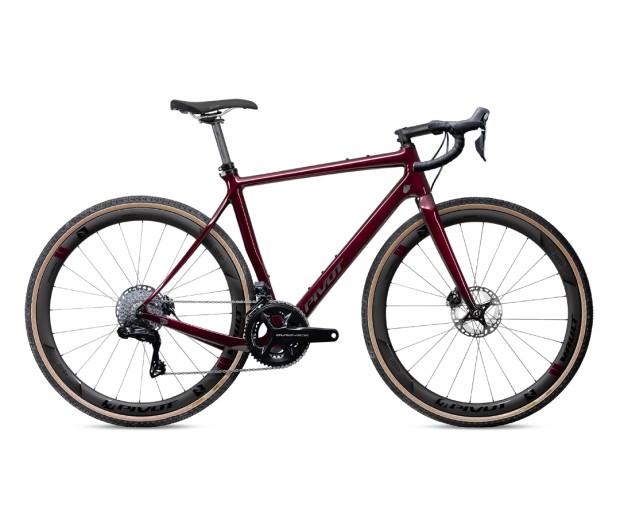
Courtesy Image
Meet the most comfortable gravel bike you can buy. Pivot’s next-gen Vault uses an elastomer sleeve between the seatpost and the frame to damp vibration and absorb shocks. This provides a modest suspension that tames the bumps and bruises of dirt road, off-road, and paved pedaling. Combined with the Vault’s lightened frame and added power-transferring stiffness in the extra-wide bottom bracket, this bike is smooth and speedy.
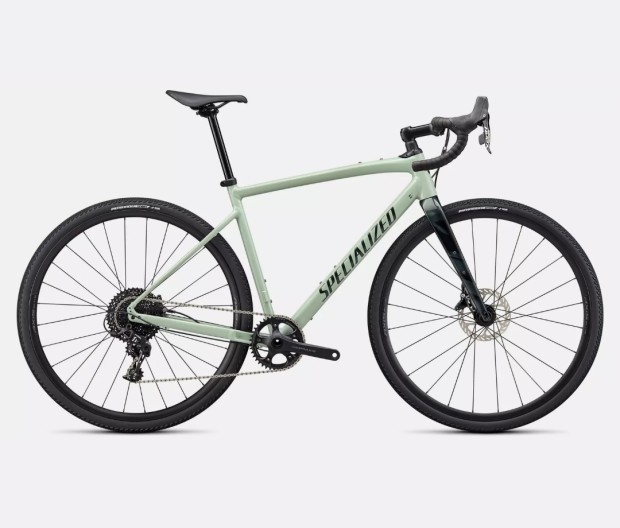
Courtesy Image
Carbon is costly anyway you form it, but many affordable alloy-frame gravel bikes are too jarring to be much fun off the pavement. This aluminum bike bucks the trend: It’s a bargain and excels at racing just as well as casual exploring. That performance comes thanks to high-quality components and a vibration-damping Future Shock (a shock absorber mounted within the stem) that offers 20mm of travel. Overall, the Diverge serves up a responsive, nimble, and stable ride.
Comments
Post a Comment